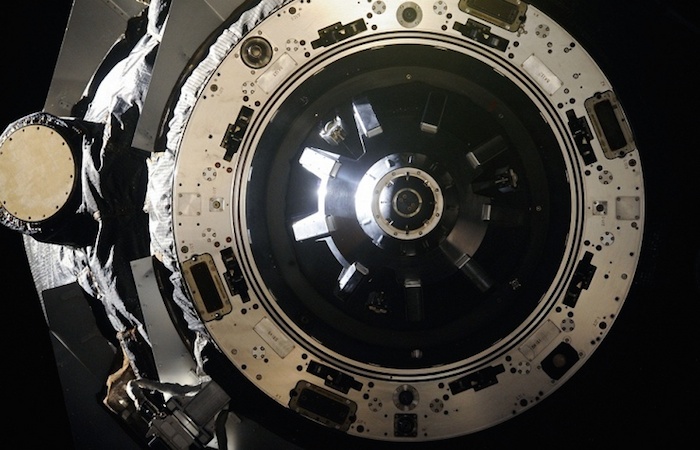.

Russia’s Progress resupply vehicle to fly autonomously as space lab
After the experiment, the spaceship will be deorbited and sunk in a non-navigational area of the Pacific Ocean near New Zealand in the so-called graveyard of spaceships
Russia’s Progress M-29M cargo spacecraft will undock from the International Space Station (ISS) on March 29 after which will fly autonomously for about a week as a scientific laboratory, the Mission Control Center (MCC) outside Moscow told TASS on Monday.
"The spacecraft’s undocking is scheduled for March 29. It will fly autonomously until April 3-7. During that time the spacecraft will be involved in the Izgib experiment, the source said.
After that the Progress spaceship will be deorbited and sunk in a non-navigational area of the Pacific Ocean near New Zealand in the so-called graveyard of spaceships.
According to the MCC website, the Izgib study aims to determine the micro-gravitational environment in orbit by measuring micro-accelerations using the onboard measurement equipment, micro-accelerometers and onboard gyroscopes of the Progress. These measurements are made in different spacecraft attitudes and positions. The experiment also looks at the influence of the thermal environment of the Progress on the microgravitational conditions measured by the systems. Additionally, inhomogeneous and homogeneous densities in the space environment are measured.
A space industry source told TASS that the spaceship’s undocking may take place on March 30 and on April 8 the Progress ship will be deorbited and sunk.
The Progress M-02M cargo spaceship to replace the Progress M-29M spacecraft will be launched to the ISS from the Baikonur spaceport in Kazakhstan on March 31. The launch is scheduled for 19:23, Moscow time, and the ship’s docking to the station - for 20:58 on April 2.
The Progress M-29M spacecraft was launched on October 1, 2015 and docked to the station on October 2.
Quelle: TASS
4389 Views
